10 investment-worthy wines that don't cost a fortune
A considered selection, from Champagne to the Napa Valley, that will almost definitely improve with age, and – who knows – might just make you a few quid, too…
There’s an old adage in wine circles that in order to make a small fortune in wine, you need to start with a large one. It was originally coined in relation to anyone foolhardy enough to be thinking of buying a vineyard and setting up as a producer, but it could just as easily apply to wine investors.
Until a dip last year, wine had proven a fairly reliable investment vehicle, with average annual gains of nearly 7 per cent, over the last decade, for the best-performing wines, according to investment specialist Cult Wines. But it’s not the sort of asset that offers many opportunities for modest speculation. Most, if not all of the wines responsible for the major gains on such barometers as the Liv-ex 100 (wine’s equivalent of the FTSE) are bluechip names whose reputation is already established, rather than up-and-comers that gain a sudden following overnight. Such wines have a three- and, sometimes, four-figure price tag to match, and generally start at a minimum of £200 per bottle. And given that most such wines are bought and sold in cases of 12, you’re generally looking at multiples of thousands of pounds just to start a worthwhile portfolio.
The brief for this article was savvy investments closer to the £100–150-per-bottle mark – which is to say that while they might increase in value over time, they will certainly improve with ageing in your cellar. Again, for consideration on the secondary market, you’ll need to be buying in cases of six or 12 – and given that most investment-worthy wines are destined for the long-haul, and we’re playing catch-up here, it’s worth trying to seek out wines that already have some age to them.
Here are ten that will almost definitely improve with age, and – who knows – might just make you a few quid, too…
Rare, Brut Millesime 2008 (£168 per bottle)
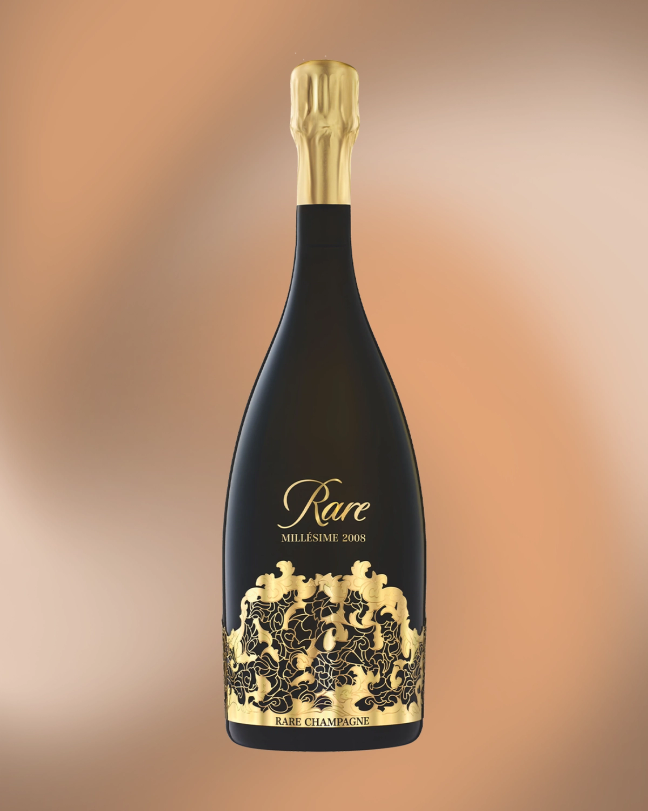
As part of the Charles and Piper Heidsieck stable, the prestige cuvée Rare was overseen by one of Champagne’s most acclaimed chefs de caves, Régis Camus. In recent years, two things have happened: first, in 2011, the Heidsieck brands were taken over by France’s ambitious EPI Group (which has since acquired Tuscan stalwarts Biondi-Santi and Isole e Olena); and second, Camus was given responsibility solely for Rare, which was spun off into its own brand. Since Camus’s retirement, in 2022, vintages made under his tenure (the wine is not made every year) have become even more desirable and high-profile – and 2008 was a classic.
Taittinger, Comtes de Champagne, Blanc de Blancs 2011 (£123 per bottle)
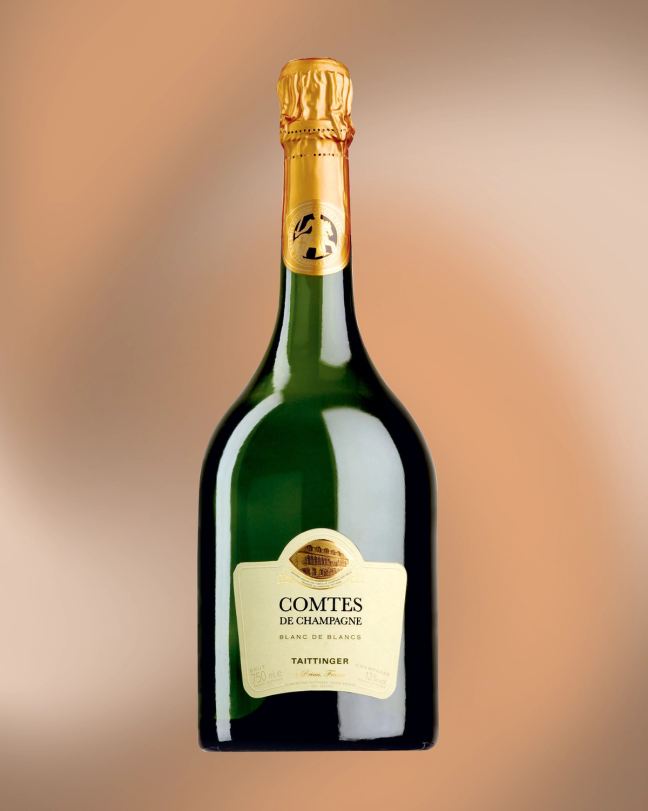
Champagne has not traditionally been seen as the preserve of wine investment, but more and more limited editions have attracted collectors. And though you could go for such one-off releases as Dom Pérignon’s Lenny Kravitz or Jeff Koons or Lady Gaga editions, the prestige cuvée of Taittinger is more of a purist’s favourite, from a family-owned house whose reputation has soared since being bought back from outside ownership in 2007.
Pontet Canet, 5ème cru classé, Pauillac 2015 (£523 per case of six)

The wines of Bordeaux have long been the locomotive of the wine investment scene, but their reputation as a safe bet has waned slightly in recent years, with prices dipping and talk of bubbles bursting (there is no Burgundy on this list for the same reason). Even though first growths are always likely to prove durable, for our purposes, it’s worth looking further down the chain at those estates punching above their weight. And no château has delivered as many knockout blows in recent years as the hip, biodynamic, critics’ favourite Pontet Canet, with the well-priced 2015 a classic example from an acclaimed vintage.
Château Rieussec, 1er cru classé, Sauternes 2008 (£434 per case of six)
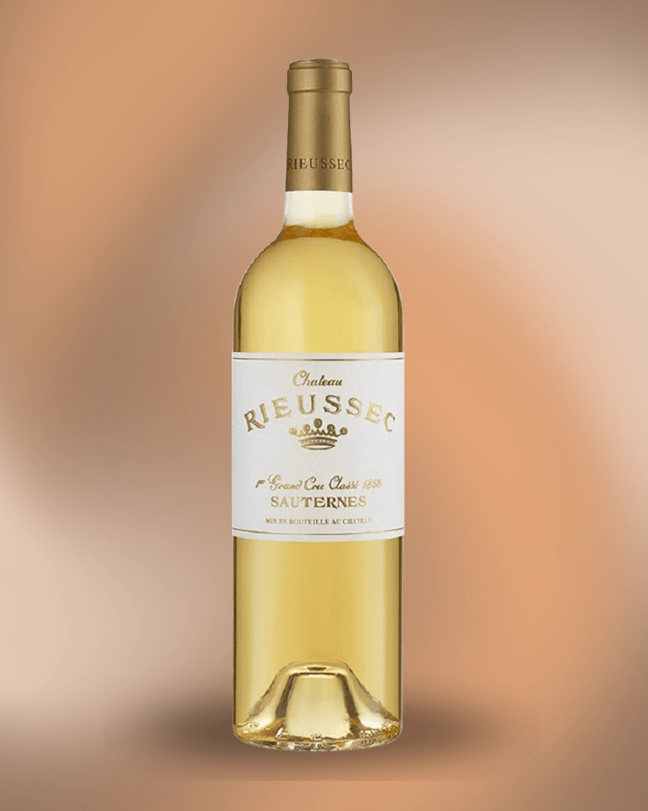
With a question mark hanging over the upside to Bordeaux’s classic reds – and the likes of Châteaux Lafite and Latour have, in any case, moved into the stratosphere – the region’s perennially unfashionable sweet wines can offer an alternative avenue. Rieussec – in the same Rothschild ownership as Lafite – is the obvious bet, and the 2008 represents solid value.
Tignanello, IGT Toscana 2016 (£858 per case of six)
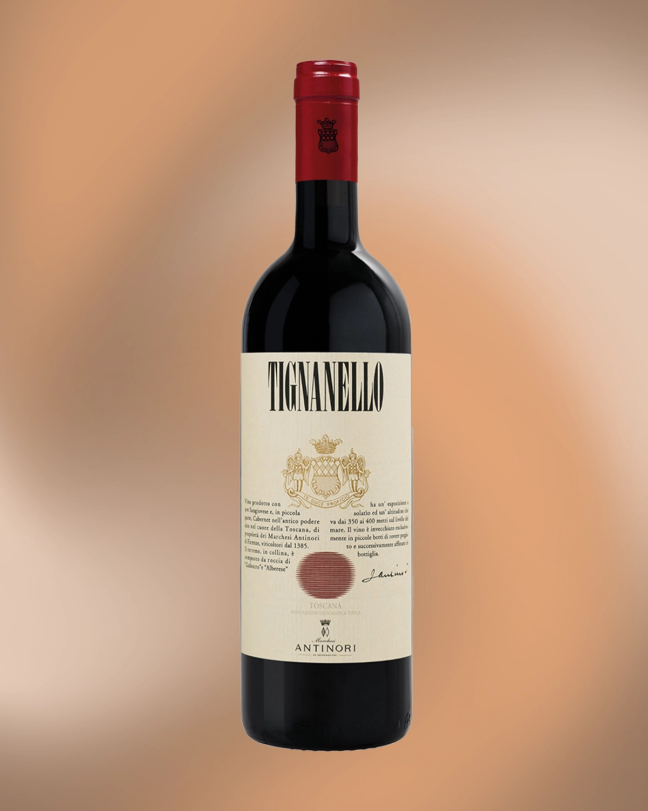
One of the original ‘SuperTuscans’ whose make-up went against local rules by including cabernet sauvignon alongside the native sangiovese in the 1970s, Tignanello is no longer, by any means, recherché. It is produced in reasonable quantities, and is widely available at a release price that is far from prohibitive. Yet, over the last five years, that price has risen by more than 100 per cent on secondary markets, according to Cult Wines, which touts the wine ‘as close as one can get to a guaranteed success’. The 2016, garlanded with 98 points by specialist Italian critic Antonio Galloni, is the one to look for.
La Spinetta, Barbaresco, Vigneto Starderi 2016 (£99 per bottle)
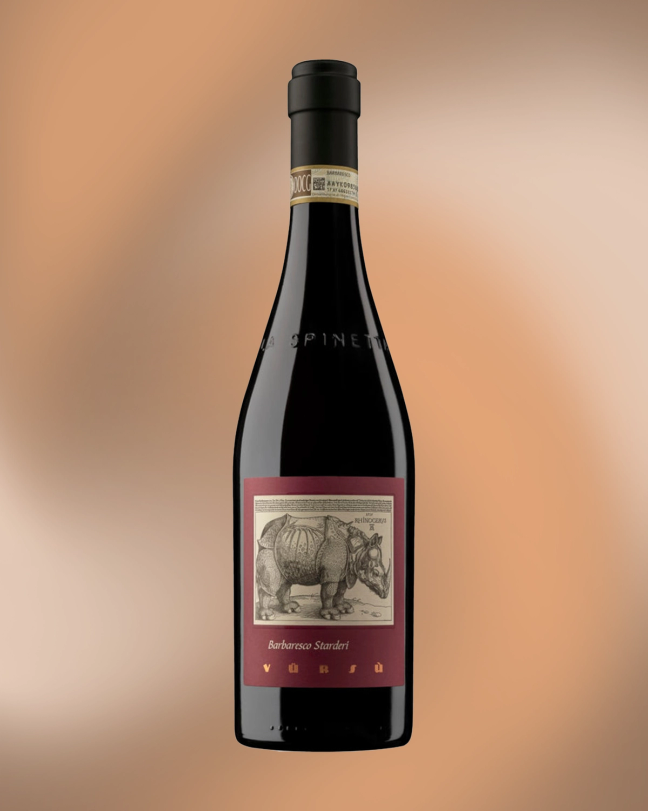
Along with Tuscany, Piedmont is the other Italian region that pays dividends on the auction scene. And though Barolo is generally the star attraction, there is one Barbaresco that merits consideration. La Spinetta’s Vigneto Starderi has seen an average price increase of 27.8 per cent in the past year, according to Liv-ex; Galloni lauded the 2016 vintage as ‘outrageously beautiful’ and a ‘rock star wine’.
Penfolds, St Henri Shiraz (£79.68 per bottle when buying a case of 12)
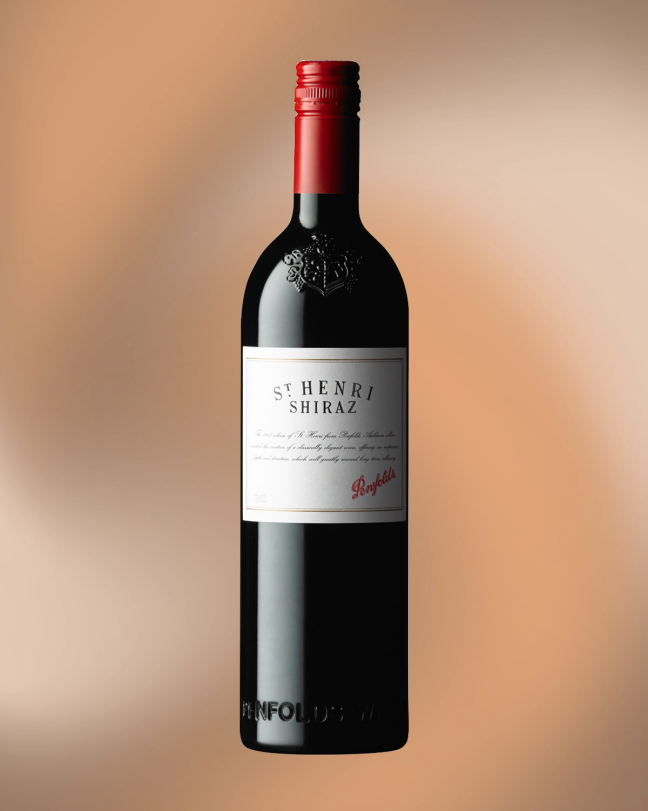
Few Australian wines consistently appear on the wine investment scene, but Penfolds’s Grange is the obvious exception. It long ago moved from being a collector’s wine to a luxury product, and the producer has made no secret of its desire for the rest of its premium portfolio to follow suit, meaning some of its less high-profile bottles are worthy of closer inspection. St Henri is a more understated version of Grange, and an eminently ageworthy rendering of classic Aussie shiraz.
Guigal, Ermitage, Ex Voto Blanc 2017 (£110 per bottle)
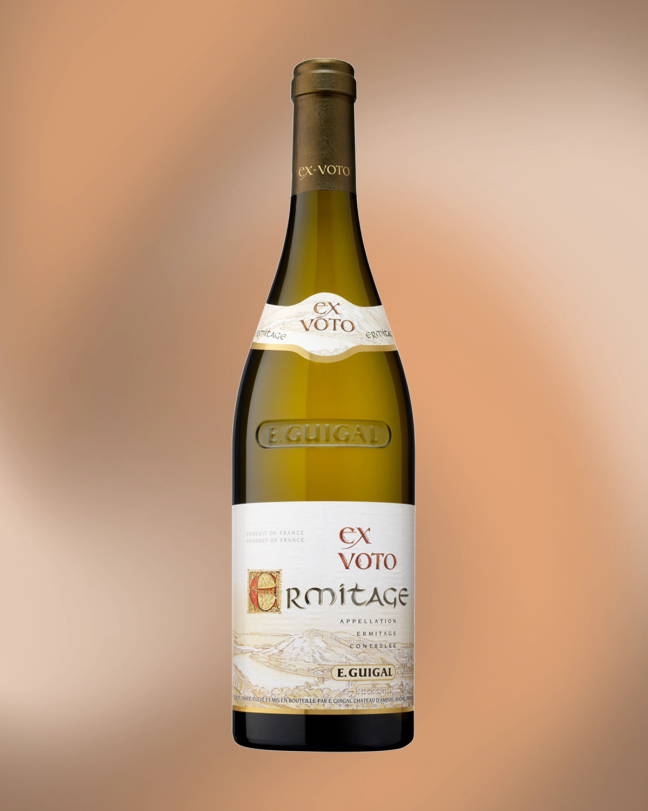
Along with the top wines of Italy, those of the Rhône Valley have started to appear on more and more savvy-collectors’ lists in recent years – though, again, any investment portfolio generally revolves around a handful of names. Guigal is consistently one of them, most notably on account of its widely followed ‘La La’ cuvées. Its white wines fly very much under the radar in comparison, but even though whites account for less than 10 per cent of the Rhône’s total production, at Guigal, this figure is closer to 25 per cent – and its Ermitage Ex Voto is its standout.
Cain Cellars, Cain Five, Napa Valley 2007
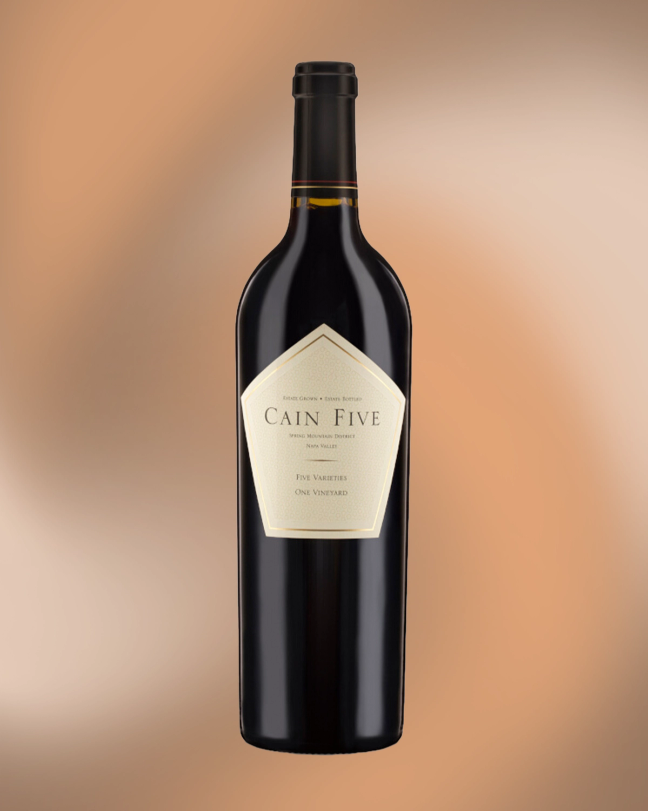
Napa Valley is probably the one region where a producer can come from seemingly nowhere to produce wine that, almost overnight, attracts a cult following. In the past, this was largely down to the omnipotence of the hugely influential critic Robert Parker – since his retirement, there is more of a level playing field. And, as Bordeaux and Burgundy’s share of the fine-wine market continues to be squeezed by a more cosmopolitan mix, Napa’s top wines are gradually making inroads. So, if you want to spread your risk, you could do worse than consider Cain, a winery that has long produced classic Californian cabernet, but was severely impacted by a fire that destroyed its entire winery and 90 per cent of its vineyard in 2020 – meaning a) existing stock has become more valuable; and b) you can support its rebuild by buying some.
Santa Rita, Casa Real, Maipo Valley, Chile 2018 (£102 per bottle)

The top wines of South America continue to push boundaries of excellence, and though few are yet established on the auction scene, there is little doubting their ageability or quality. Santa Rita dates back to 1880, but the first vintage of its flagship Casa Real wasn’t produced until 1989. It has since, along with the likes of Seña, Almaviva and Clos Apalta, played a pivotal part in defining the benchmark for premium Chilean cabernet sauvignon.
Want more wine content? We explain what Bordeaux en primeur is, and whether it’s worth your money…

Become a Gentleman’s Journal Member?
Like the Gentleman’s Journal? Why not join the Clubhouse, a special kind of private club where members receive offers and experiences from hand-picked, premium brands. You will also receive invites to exclusive events, the quarterly print magazine delivered directly to your door and your own membership card.


